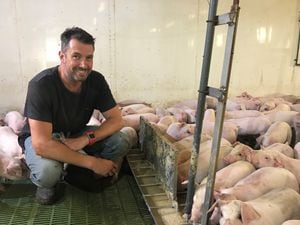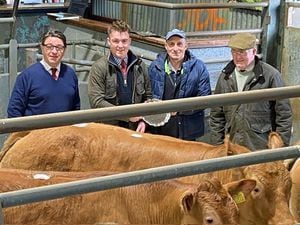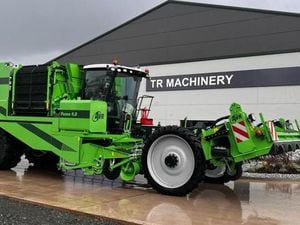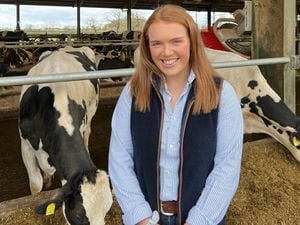Benefits which flow from liquid feeding
I made the switch to liquid feeding of pigs 17 years ago and have seen a reduction in feed costs, alongside an improvement in finishing age.

We built a new pig unit in 2000 and made the decision to fit a state-of-the-art, computerised, liquid feeding system at the same time.
It was our nutritionist who encouraged us to make the switch to liquid feeding. It’s a proven way to drive down feed costs, as most liquid feeds are co-products. However, the feed source still offers a relative nutritional feed value when compared to soya and rape meal.
In addition to this, the automated system was proven to save time in terms of labour. And although the initial investment was significant at £100,000, we knew it was the right decision long term.
The unit's dry sow, lactating sow, weaner and grower rations are all formulated based on the inclusion of four liquid co-products, as well as wheat and barley that’s grown on the farm.
We include quantities of Soyfeed, Whey Permeate, Potato Cream and Proflo, a wheat distillery liquid from the Vivergo plant in Hull, as the basis of our rations to ensure feed costs are kept as low as possible.
Wheat and barley, grown and milled on-farm, are also included at varied inclusion rates, along with a concentrate balancer to ensure sufficient vitamins and minerals are provided.
I have been feeding wheat distillery syrups, instead of traditional protein sources such as soya and rape meal, for five years and attribute this cost-effective alternative protein source to successful pig performance and a reduction in feed costs.
At 40 per cent crude protein (on a DM basis) you’re not compromising on protein quality which is key as this element of the diet is essential for efficient growth. Our weaner to grower average DLWG is 510g per day which is fantastic.
The liquid feed source is also high in energy at 14 MJ ME/kg DM, which helps sustain development and maintain growth rates. This enables us to achieve target weights and our current average finishing age and weight is 20 weeks and 112kg (live weight) at the moment.
I know it’s not physically practical for all units to switch to 100 per cent liquid diets as they don’t have the infrastructure in place. However, liquids, such as Proflo, can be included in dry rations too and they really will drive down overall ration costs, while maintaining performance.
Matthew Rathbone is a pig farmer





